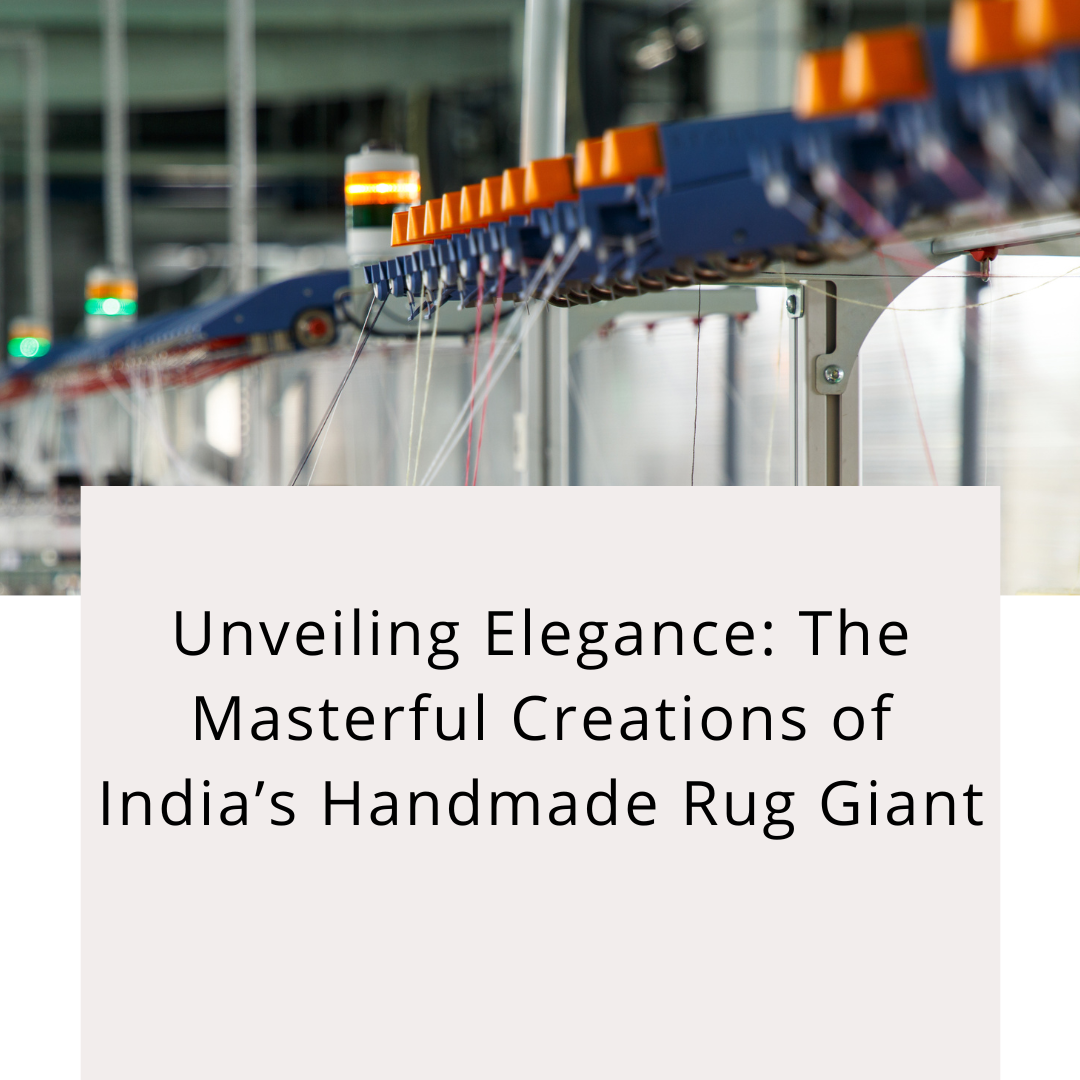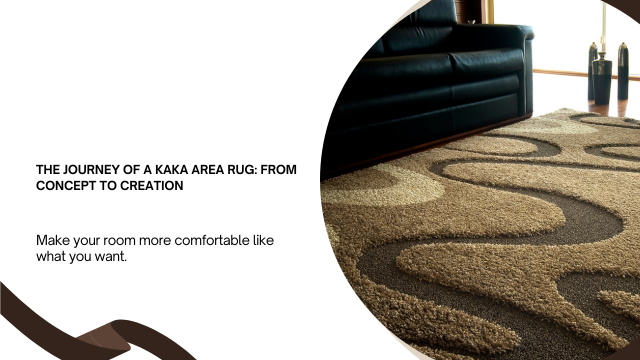Introduction
In the realm of exquisite handcrafted rugs, Kaka Overseas reigns supreme as India’s leading and most renowned manufacturer. For decades, this industry titan has been crafting works of art that grace the floors of homes, hotels, and palaces around the world. Kaka Overseas, through its unwavering commitment to artistry, quality, and tradition, has woven a legacy that beautifully melds the heritage of Indian craftsmanship with contemporary design sensibilities. In this article, we will take a closer look at the masterful creations of Kaka Overseas and the indelible mark it has made on the global rug industry.
A Heritage of Artistry
Kaka Overseas was founded in 1979 by Mr. Ramesh Kumar Kaka, a visionary entrepreneur who recognized the timeless appeal of handcrafted rugs. The company’s origins lie in the heart of Mirzapur, a city steeped in a rich history of weaving. With a dedication to preserving age-old techniques and an eye for innovation, Mr. Kaka set out on a journey to create rugs that would reflect the artistry of India.
The Craftsmanship
At the heart of Kaka Overseas‘ success lies its mastery of the craft. The company’s artisans, many of whom come from generations of weavers, are the custodians of this ancient tradition. They transform raw materials such as wool, silk, and cotton into intricate patterns and vibrant colors that captivate the beholder.
Kaka Overseas has always believed in striking a balance between tradition and modernity. While respecting the time-honored techniques of hand weaving, they have also embraced contemporary design trends. This fusion has given birth to rugs that effortlessly fit into both classic and modern interiors.
Innovations in Weaving
As Kaka Overseas grew, so did its quest for perfection. Modern weaving machines were integrated into their production process, ensuring precision and consistency in their products. This technological infusion allowed them to cater to a global market without compromising on the quality that defined their rugs.
The company’s commitment to innovation extends beyond just machinery. They have explored sustainable and eco-friendly practices, crafting rugs from recycled materials and using natural dyes. This eco-conscious approach showcases Kaka Overseas’ dedication to environmental responsibility.
Global Influence
The superior quality and aesthetic appeal of Kaka Overseas rugs have resonated with a global audience. Their creations have found their way into homes, luxury hotels, and commercial spaces in more than 40 countries. Interior designers and homeowners alike have been captivated by their rugs, which combine classic Indian motifs with contemporary design, resulting in timeless elegance.
Kaka Overseas has also played a pivotal role in promoting Indian craftsmanship on the global stage. Their participation in international trade fairs and exhibitions has earned them accolades and recognition for their contributions to the industry.
Community and Sustainability
Kaka Overseas understands that its journey is intricately linked to the communities it serves. By providing training, fair wages, and healthcare facilities to local weavers and artisans, they have improved the quality of life for countless families. This commitment not only enriches the lives of these artisans but also ensures the preservation of age-old weaving traditions.
Sustainability remains a cornerstone of Kaka Overseas’ ethos. They continually invest in energy-efficient production processes, minimize waste, and actively participate in reforestation efforts, setting an example for the entire industry.
Conclusion
Kaka Overseas, the titan of India’s handmade rug industry, has crafted more than just rugs; it has woven a legacy of artistry, quality, and sustainability. With a fusion of tradition and innovation, the company has successfully bridged the gap between the past and the present. Its masterful creations continue to grace homes and spaces around the world, while its commitment to community and sustainability sets a remarkable example for the industry. Kaka Overseas stands as an embodiment of elegance, a testament to the enduring allure of handmade craftsmanship, and a symbol of India’s artistic heritage.







